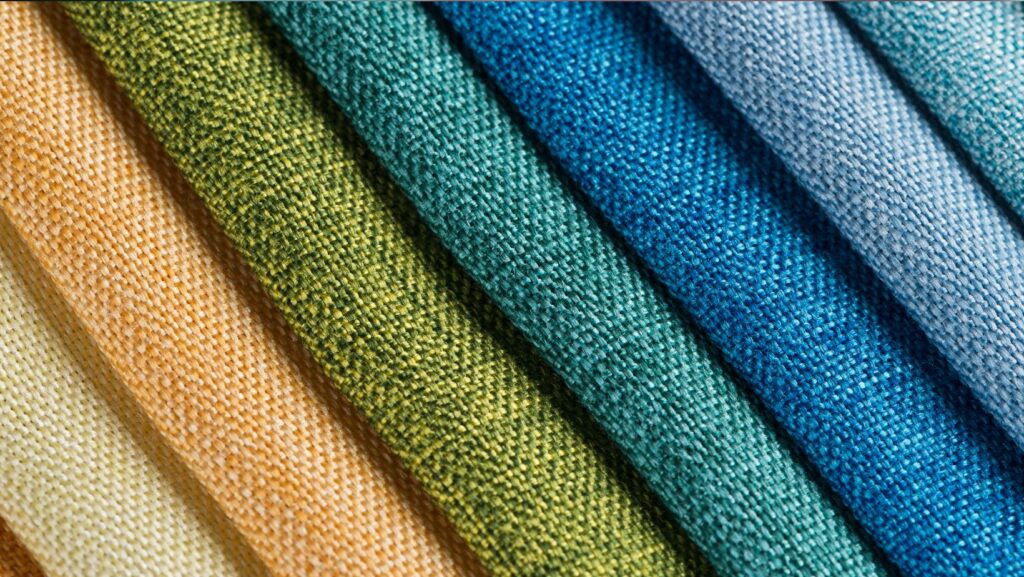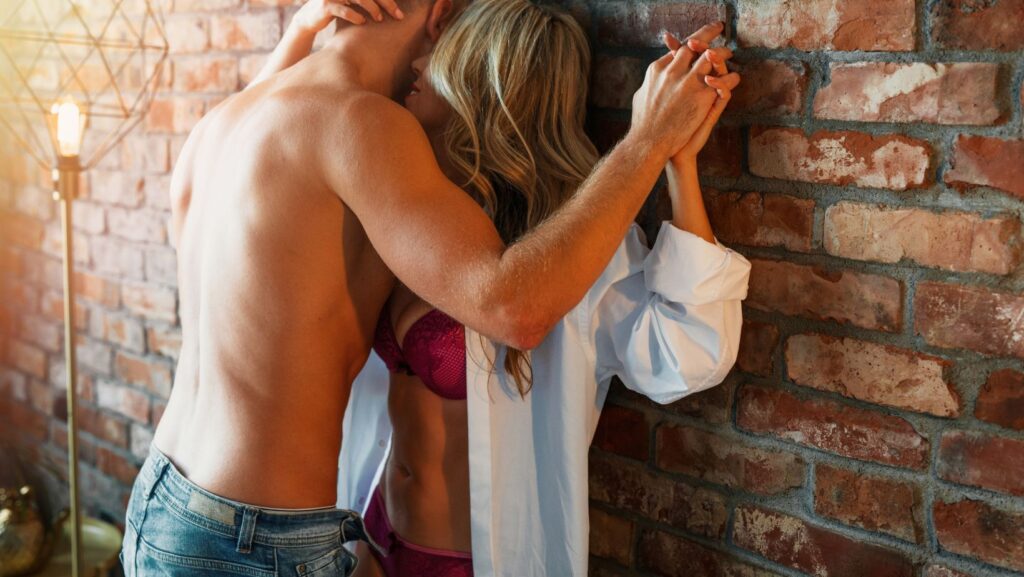Tension fabric structures are becoming increasingly popular due to their unique style, durability, and versatility. Unlike traditional building materials, tension fabrics offer flexible design options that can meet a variety of needs, from outdoor events to sports facilities. In this article, we’ll dive into what tension fabric structures are, why they’re gaining traction, and how they could be the perfect solution for a range of spaces. We’ll also discuss the role of “Moss tension fabric,” a well-known option in the world of tension fabrics, and explore how these structures can be both practical and visually appealing.
What Are Tension Fabric Structures?
Tension fabric structures are buildings or covers made from fabric stretched tightly over a frame. The fabric is specially designed to withstand outdoor elements like wind, rain, and sun, all while retaining its shape. These structures can range from small canopies to large-scale event pavilions.
The “tension” in the name comes from the fact that the fabric is pulled tight across the frame, creating a stable and durable surface. The fabric is often coated or treated to make it resistant to UV rays, water, and even fire, ensuring long-term usage and safety.
Types of Tension Fabric Structures
Various types of tension fabric structures serve different purposes:
- Event Tents and Canopies: For outdoor events, these structures provide a flexible and quick-to-install shelter. They’re commonly used at weddings, concerts, and festivals, offering a stylish yet functional way to create covered areas.
- Sports Facilities: Many sports facilities, such as tennis courts or swimming pools, use tension fabric to cover the entire space. This not only protects the area but also creates a comfortable environment for athletes and spectators.
- Industrial Storage: Tension fabric structures are also used in the industrial sector, where companies need cost-effective, durable storage solutions. These can house equipment, raw materials, or vehicles, protecting from the weather while remaining highly accessible.
- Agricultural Buildings: Farmers and agricultural businesses often need temporary or semi-permanent storage for crops, livestock, or equipment. Tension fabric structures provide a great solution, allowing them to create covered spaces that can be easily moved or expanded.
Key Benefits of Tension Fabric Structures
Tension fabric structures are celebrated for their numerous benefits, making them an excellent choice in many situations. Let’s look at some of the standout features that set them apart.
Durability
Despite being made of fabric, these structures are incredibly durable. The materials are specially treated to withstand various weather conditions, including heavy rain, snow, and intense sunlight. Many tension fabrics can last for years without needing replacement, making them a long-term solution.
Flexibility in Design
One of the most appealing features of tension fabric structures is their design flexibility. Because the fabric can be stretched and shaped, architects and designers can create unique, visually stunning designs. The flexibility also means these structures can be customized to fit nearly any size or shape.
Easy Installation and Portability
Compared to traditional buildings, tension fabric structures are much quicker and easier to install. Many of these structures are semi-permanent, which means they can be dismantled and moved to a new location if needed. This portability makes them ideal for temporary needs, like events or seasonal activities.
Eco-Friendly and Sustainable
Using tension fabric structures can be more environmentally friendly than traditional construction methods. The fabric materials are often recyclable, and the structures require fewer resources to construct and maintain. Plus, many of these buildings allow for natural lighting, reducing the need for artificial lights during the day and lowering energy costs.
Cost-Effective Solution
For businesses or individuals looking for a budget-friendly option, tension fabric structures offer significant savings.

Because they are made of lightweight materials and do not require extensive foundations, they are generally more affordable to build and maintain.
How Moss Tension Fabric Enhances Tension Fabric Structures
In the world of tension fabric structures, “Moss tension fabric” has earned a reputation for quality and reliability. This type of fabric is designed with high-performance materials that enhance both the durability and visual appeal of the structure. Moss tension fabric is used in a variety of applications, from trade shows to large-scale industrial installations.
Here’s why Moss tension fabric is worth considering:
- Enhanced Durability: Known for its resistance to wear and tear, Moss tension fabric can withstand demanding environments, making it a top choice for long-lasting structures.
- Aesthetic Appeal: Moss fabric is available in a range of colors and finishes, allowing designers to match the fabric with the look and feel of the surrounding environment.
- Versatile Applications: Whether it’s an outdoor event canopy, a sports dome, or an industrial storage unit, Moss tension fabric works well across various uses, making it one of the most versatile options in the market.
Popular Uses of Tension Fabric Structures with Moss Fabric
Using Moss tension fabric for tension structures can elevate the design and performance of any project. Below are some popular applications where Moss fabric enhances the functionality and visual quality of these structures:
- Trade Show Booths and Displays
- For companies attending trade shows, tension fabric structures made with Moss fabric are a great way to stand out. They are lightweight, easy to set up, and create an eye-catching presence that attracts visitors.
- Architectural Structures
- Moss tension fabric can be used to create dramatic architectural elements like canopies, walkways, or building facades. The fabric’s durability and aesthetic appeal make it suitable for both functional and decorative purposes.
- Retail Displays and Interiors
- Retailers use tension fabric structures for signage and display purposes, creating unique visual experiences for customers. Moss fabric’s high-quality finish enhances the professional look of retail spaces.
Design Options with Tension Fabric Structures
When it comes to design, tension fabric structures allow for almost unlimited possibilities. The fabric can be shaped in a variety of ways, creating curves, peaks, and other interesting forms that are difficult to achieve with traditional materials.
Here are some design elements that make tension fabric structures unique:
- Geometric Shapes: The fabric can be stretched to form unique geometric shapes, adding visual interest and a modern look to any space.
- Open Spaces: Tension fabric structures allow for large, open spaces without the need for support columns, making them ideal for sports facilities, auditoriums, and more.
- Natural Light: Many tension fabrics allow natural light to filter through, creating a bright and inviting atmosphere inside the structure. This feature is especially popular in sports and recreational facilities where natural lighting is preferred.
How Tension Fabric Structures Are Constructed
Constructing a tension fabric structure is a straightforward process that involves a few key steps:
1. Frame Assembly
The first step is assembling the frame, typically made from lightweight yet strong materials such as aluminum or steel. This frame provides both the shape and foundational support for the fabric.
2. Attaching the Fabric
Once the frame is in place, the fabric is stretched over it and secured tightly. The tension in the fabric is what gives the structure its stability and strength, allowing it to withstand external forces like wind and rain.
3. Finishing Touches
Finally, any finishing touches are added. This can include anchoring the structure to the ground, installing doors or windows, and ensuring that all components are securely in place.
Maintenance and Care for Tension Fabric Structures
To keep a tension fabric structure in top shape, regular maintenance is necessary. Fortunately, these structures are generally low-maintenance, but a few simple steps can help extend their lifespan:
- Regular Cleaning: Use mild soap and water to clean the fabric and remove any dirt or stains.
- Check for Wear and Tear: Inspect the fabric and frame periodically for signs of damage, such as small tears or loose connections. Addressing these issues early can prevent larger problems down the line.
- Proper Storage: If you’re using a temporary structure, be sure to store the fabric properly when not in use to avoid damage.
The Future of Tension Fabric Structures
As construction and design continue to evolve, tension fabric structures are expected to play an even greater role.

With advancements in fabric technology, new materials may offer even greater durability, flexibility, and sustainability. In the future, tension fabric structures may become more integrated into everyday architecture, offering a practical and stylish alternative to traditional building methods.
Conclusion
Tension fabric structures are a perfect blend of style and durability, offering practical solutions for a variety of uses. They’re cost-effective, quick to install, and have a unique visual appeal that makes them stand out. With high-quality options like Moss tension fabric, these structures can provide reliable performance and aesthetic appeal, whether used for events, industrial storage, or architectural elements.
As technology continues to improve, we can expect tension fabric structures to become even more versatile, eco-friendly, and popular in various industries. Whether you’re looking to create a temporary event tent or a permanent sports dome, tension fabric structures provide a modern and reliable solution that meets both functional and aesthetic needs.



